We may earn money or products from the companies mentioned in this post. This means if you click on the link and purchase the item, I will receive a small commission at no extra cost to you ... you're just helping re-supply our family's travel fund.
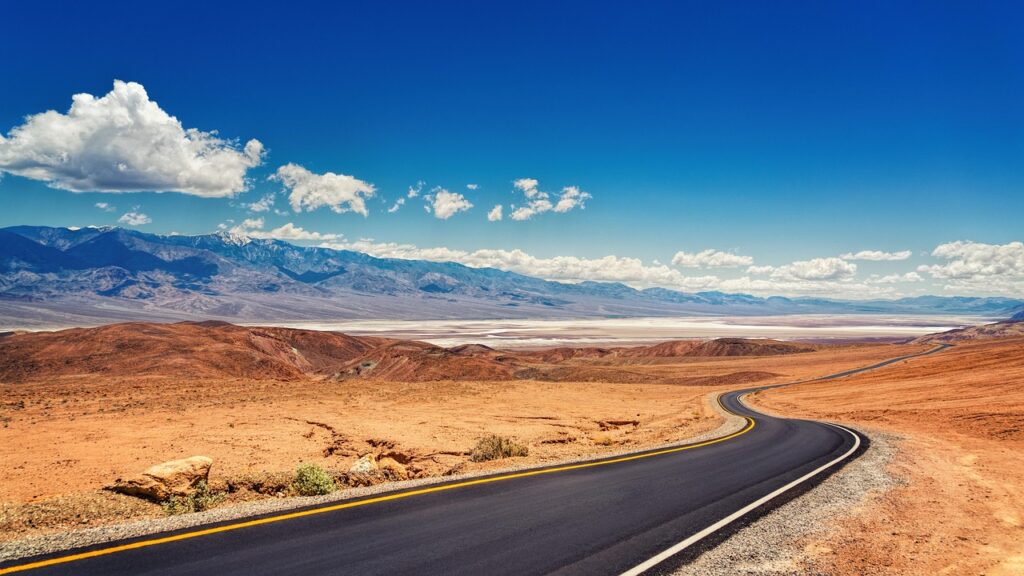
Have you ever imagined a natural phenomenon so powerful it could rewrite the landscape, forcing highways and railroads to yield? In the unassuming stretch of California’s Imperial Valley, near the Salton Sea, such a marvel exists. You’re about to discover the intriguing story of the Niland Geyser, a unique mud pot that isn’t just active, but actively on the move, reshaping its surroundings with a slow, relentless force. Prepare to be captivated by this remarkable display of nature’s raw, untamed power.
An Unstoppable Force Appears in 1953
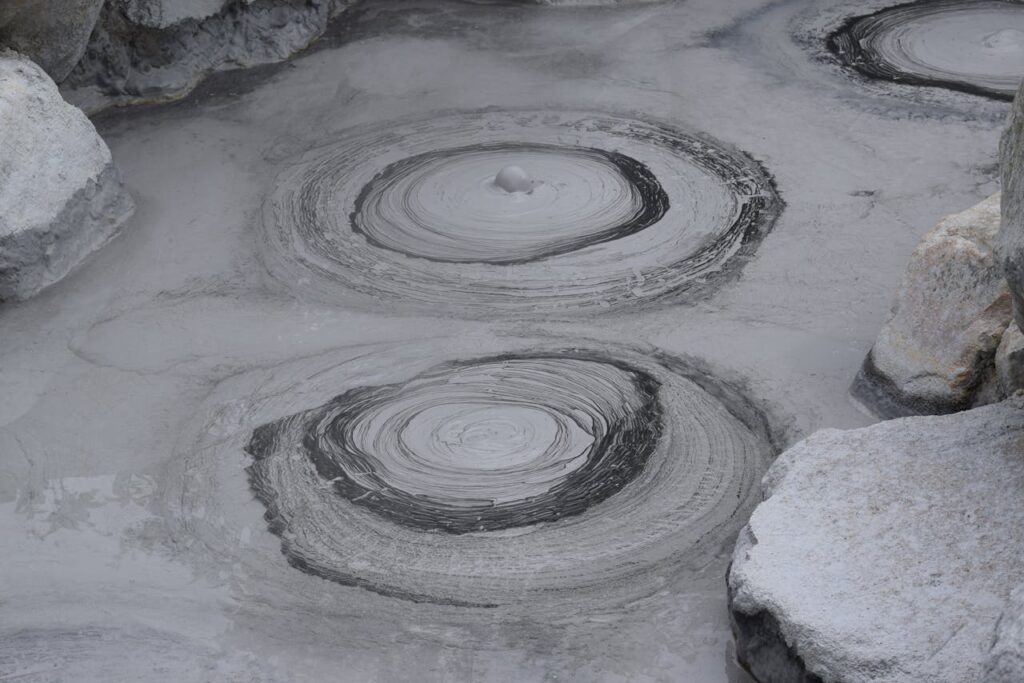
Imagine the quiet desert landscape near Niland, California, when, in 1953, a new geothermal feature began to emerge. This was the birth of the Niland Geyser, initially just another fascinating mud pot in an area already known for its impressive geothermal activity. For decades, it remained a stationary, albeit unique, natural oddity, drawing some curious visitors but posing no significant threat to the nearby infrastructure. It was simply a part of the landscape, bubbling away, unassuming in its potential.
The Geyser Begins Its March in 2015
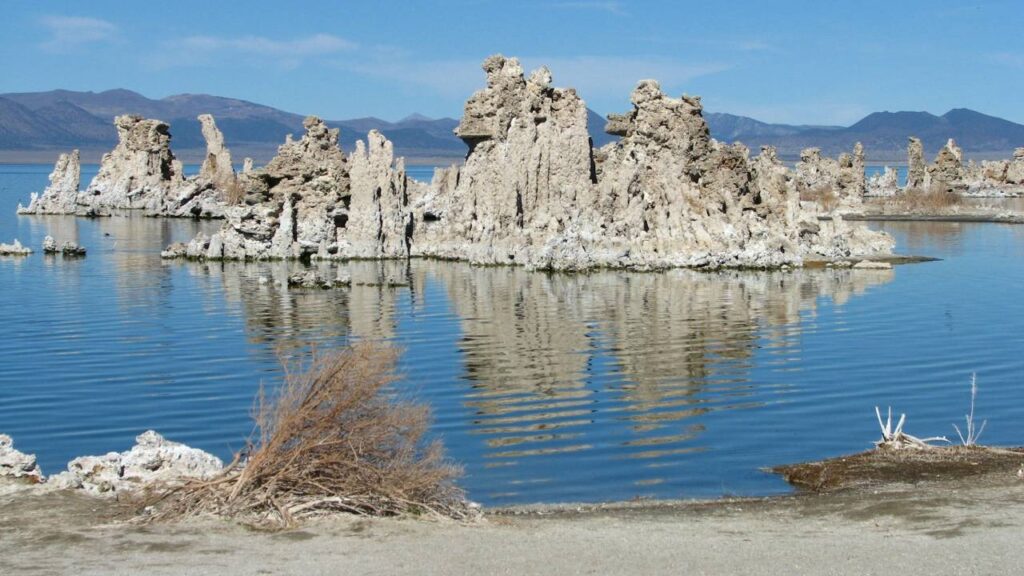
For over sixty years, the Niland Geyser remained largely in place, a static natural wonder. Then, in 2015, an extraordinary change occurred: it began to move. This wasn’t a sudden surge, but a slow, deliberate march to the southwest, transforming it into the world’s only known moving mud pot. This unexpected shift set the stage for an unprecedented conflict between nature and human infrastructure, as its path intersected with vital transportation lines, challenging human ingenuity and resources in unexpected ways.
A Rapid Advance of Up to 10 Feet Per Month
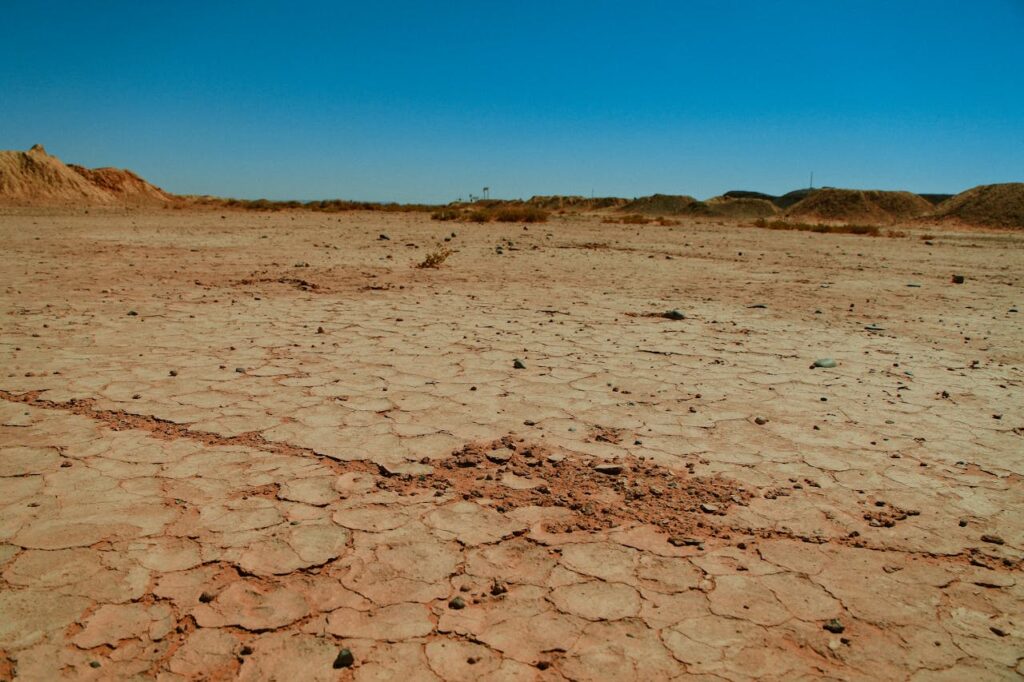
While the geyser’s average movement typically measures about 20 feet per year, its pace isn’t always consistent. At its most active, the Niland Geyser has surprised observers and engineers alike by moving an astonishing 10 feet in a single month. This unpredictable and sometimes rapid advance has created immense challenges for those tasked with managing the landscape, as they race against time to keep critical infrastructure, like roads and railways, out of its path. It truly keeps everyone on their toes.
Railroad Tracks Relocated Due to Geyser’s Progress

In late 2018, the geyser’s relentless movement directly impacted a vital rail line, a crucial artery for commerce and transportation. Despite numerous attempts to halt its advance, including filling it with rocks and digging wells, nothing proved effective. This forced the railroad to take drastic and costly measures. The tracks were not only rerouted with temporary detours but eventually rebuilt entirely after the geyser had passed, incurring significant expenses and logistical hurdles, a true testament to the geyser’s power.
Highway 111 Forced to Relocate for Five Miles

Following its impact on the railroad, the Niland Geyser set its sights on Highway 111, a major roadway designated in the 1960s, connecting communities and facilitating travel. After various unsuccessful attempts by the state to divert its water or construct protective barriers, a monumental decision was made. In September 2019, five miles of Highway 111 were entirely relocated to the west, a staggering feat of engineering driven solely by the geyser’s unstoppable nature. It was an admission that sometimes, nature simply wins.
Carbon Dioxide Fuels Its Peculiar Movement
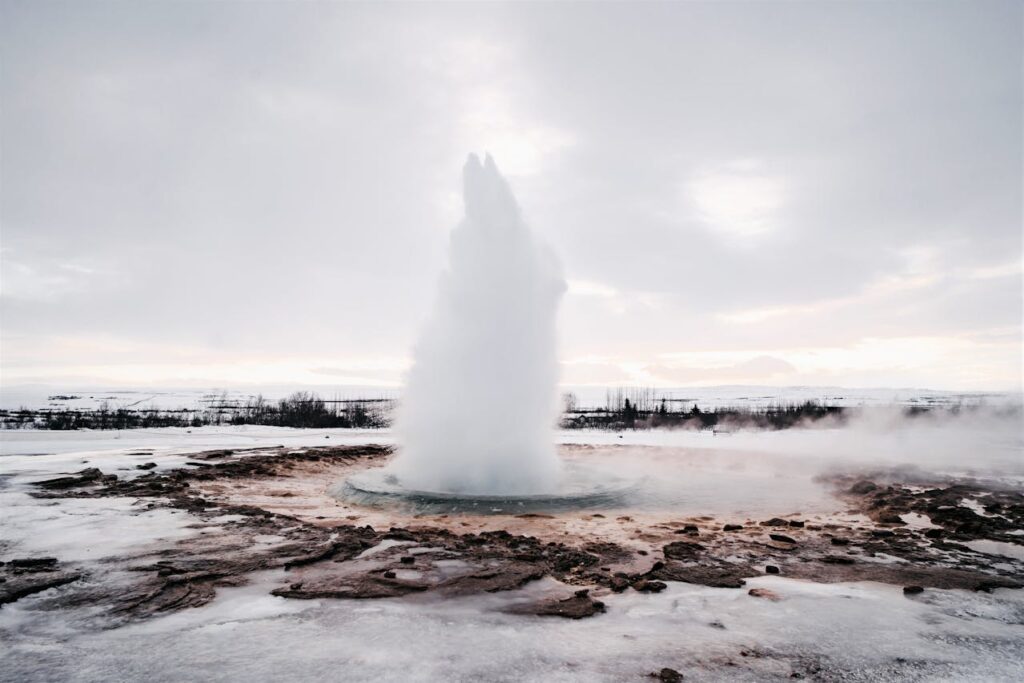
The geyser’s unique, slow movement is attributed to carbon dioxide gas rising to the surface at an angle, rather than straight up. This angled release causes the gas to erode the upper side of the geyser’s channel, essentially pushing it along as it expands and deepens. While state officials harbor a hope that the geyser might stop moving once it is directly above its carbon dioxide source, this theory remains unconfirmed, leaving its future path a profound mystery and a subject of ongoing scientific interest.
A Hidden Danger: Suffocation Risk From Carbon Dioxide
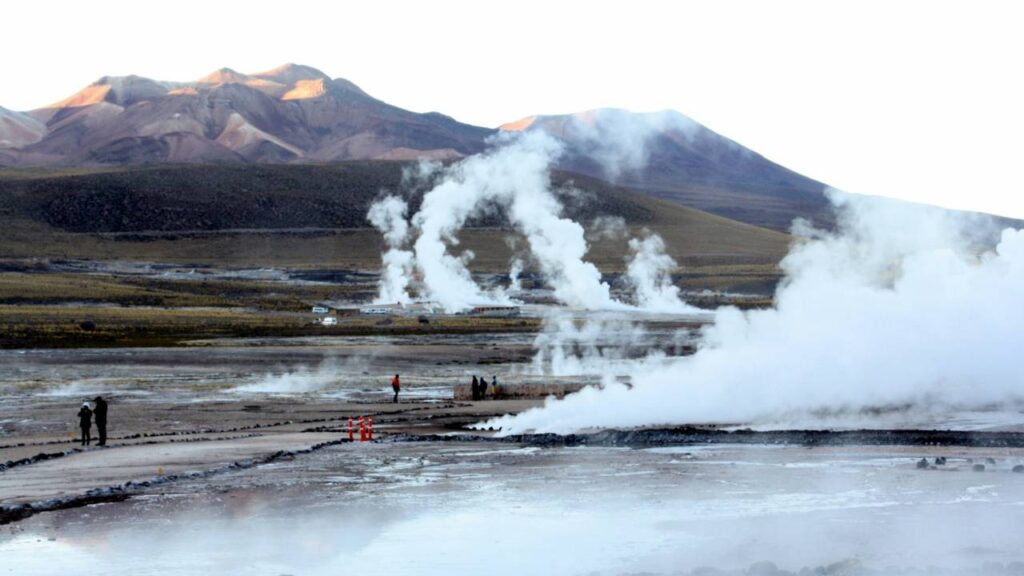
Beyond its disruptive movement, the Niland Geyser poses a serious, unseen danger to anyone getting too close. The very carbon dioxide that drives its activity can accumulate silently within the crater, creating a perilous environment. This means that a fall into its murky depths would be fatal not from drowning, but from suffocation due to the concentrated, invisible gas. It underscores the critical importance of observing this remarkable natural wonder from a safe and respectful distance.